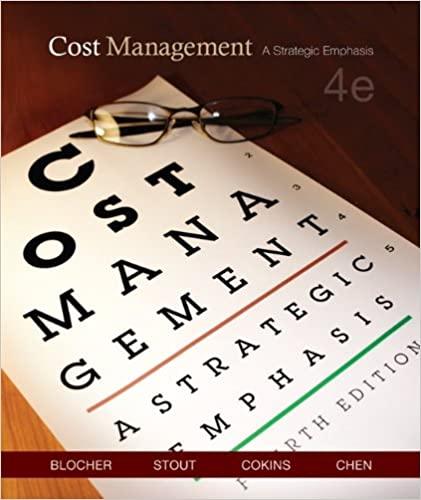33. Samuel, Inc. has If it Accounts Receivable of $150,000 and an Allowance for Doubtful Accounts of $13,000. whites-off a customer account balance of $1,300, what is the amount of its net accounts receivable? A. $150,000 B. $135,700 C. $148,700 D. $137,000 Use the following information to answer questions 34 and 35. A customer of Exquisite Flooring recently filed for bankruptcy protection two months ago, leading the credit manager of Exquisite Flooring to conclude that the company would never collect the balance of $2,800 owed by the customer to the company. Exquisite Flooring uses the allowance method to account for uncollectible accounts receivables 34. Which of the following journal entries would be made by Exquisite Flooring to record the write-off of the customer's Accounts Receivable balance? Debit Allowance for Doubtful Accounts and credit Accounts Receivable for $2,800 Debit Accounts Receivable and credit Bad Debt Expense for $2,800 A. B. C. Debit Bad Debt Expense and credit Allowance for Doubtful Accounts for $2,800 D. E. Debit Bad Debt Expense and credit Accounts Receivable for $2,800 Debit Bad Debt Expense and credit Cash for $2,800 35. Suppose that three months after filing for bankruptcy, Exquisite Flooring's customer paid its outstanding account balance. Which of the following journal entries would be made to record this A. Debit Allowance for Doubtful Accounts and credit Bad Debt Expense for $2,800 and then debit Cash and credit Accounts Receivable for $2,800 Debit Cash and credit Bad Debt Expense for $2,800 B. Debit Accounts Receivable and credit Allowance for Doubtful Accounts for $2,800 and then debit Cash and credit Accounts Receivable for $2,800 C. D. Debit Cash and credit Accounts Receivable for $2,800 Debit Accounts Receivable and credit Bad Debt Expense for $2,800 and then debit Cash and credit Allowance for Doubtful Accounts for $2,800 E. 36. Under the allowance method, Bad Debt Expense is recorded: for an amount that the company estimates it will not collect. B. several times during the accounting period. C. when the loss amount on an uncollectible receivable is known. D. when a specific account is written off A







